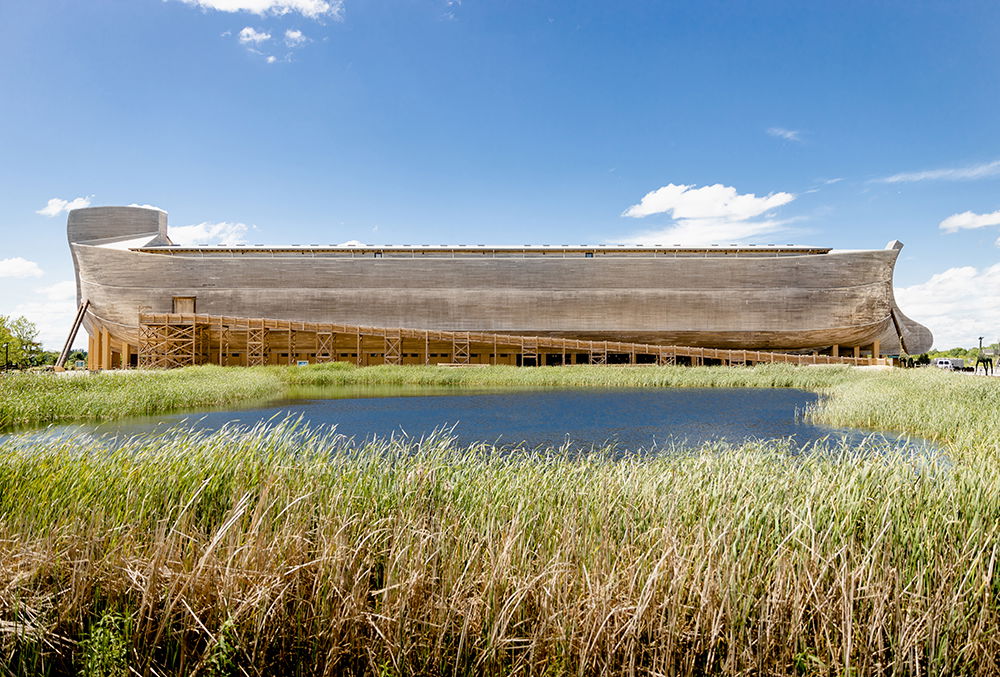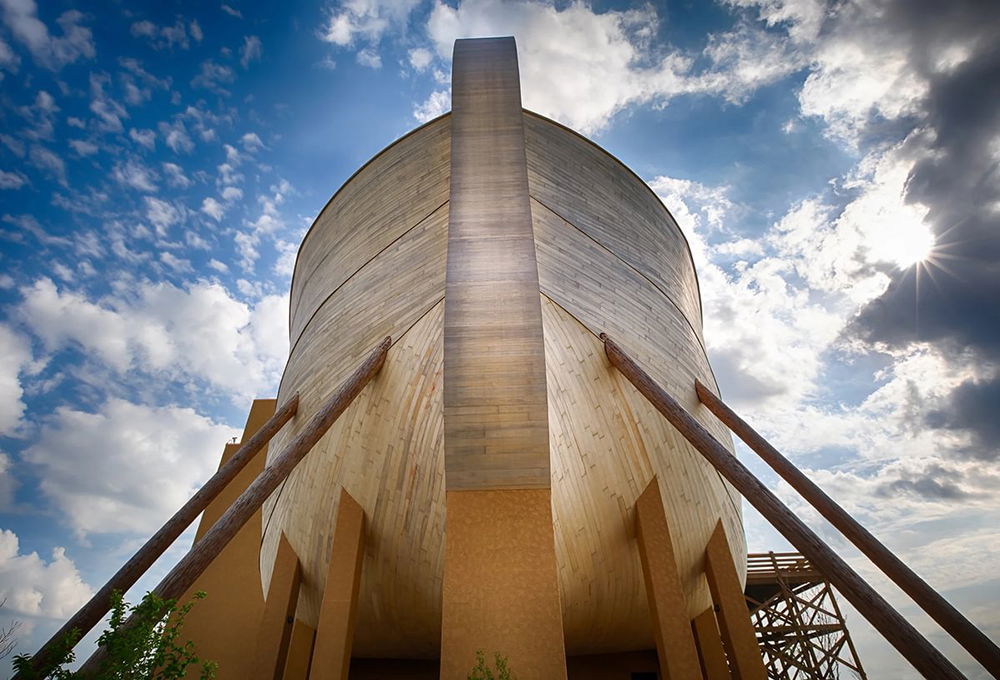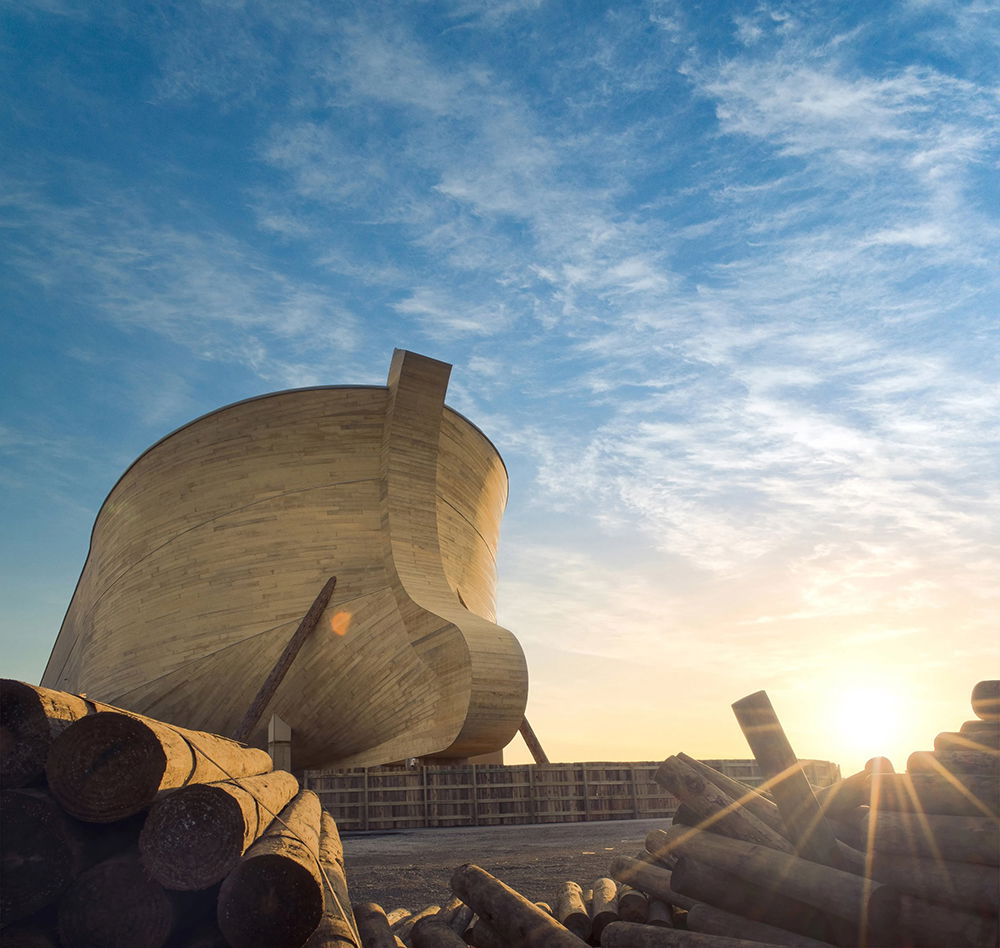Was the Ark Shaped like a Box?
by Ark Encounter on July 10, 2025This week, we celebrated the ninth anniversary of the Ark Encounter, and we are so thankful for all the Lord has done since we opened to the public on July 7, 2016!
Catching sight of this engineering marvel from the shuttle bus shatters childhood notions of a cute little bathtub ark. Stretching 510 feet in length, 85 feet in width, and 51 feet in height, this Ark was built to biblical proportions—literally.
Noah’s ark is often depicted as a large, box-shaped vessel. This popular image has led many to believe that Noah’s ark must have been shaped like a long rectangular barge, but is that necessarily the case?
Dimensions, Not Shape
The Bible describes the ark’s dimensions, but simply knowing an object's maximum length, width, and height does not mean that we know its shape. For example, an object 10 inches long, wide, and tall can be a cube, a sphere, or even a pyramid.

Purpose, Not Shape
Like many other Hebrew nouns, the word translated as ark (teyvah) seems to convey its purpose rather than its shape. Outside of the flood account, teyvah is only used to describe the “ark of bulrushes” in which baby Moses was placed (Exodus 2:3, 5). Both of these arks were built to preserve life, possibly giving us a clue to the word’s meaning.

What Does Teyvah Mean?
Many Hebrew lexicons state that teyvah is likely derived from the Egyptian word for sarcophagus. If this is accurate, what would a sarcophagus, a container for the dead, have to do with preserving life? A reasonable solution is that ancient Egyptians believed a sarcophagus preserved a person for the afterlife.

Start planning your visit to the Ark Encounter today, and see our life-size Noah’s Ark for yourself!